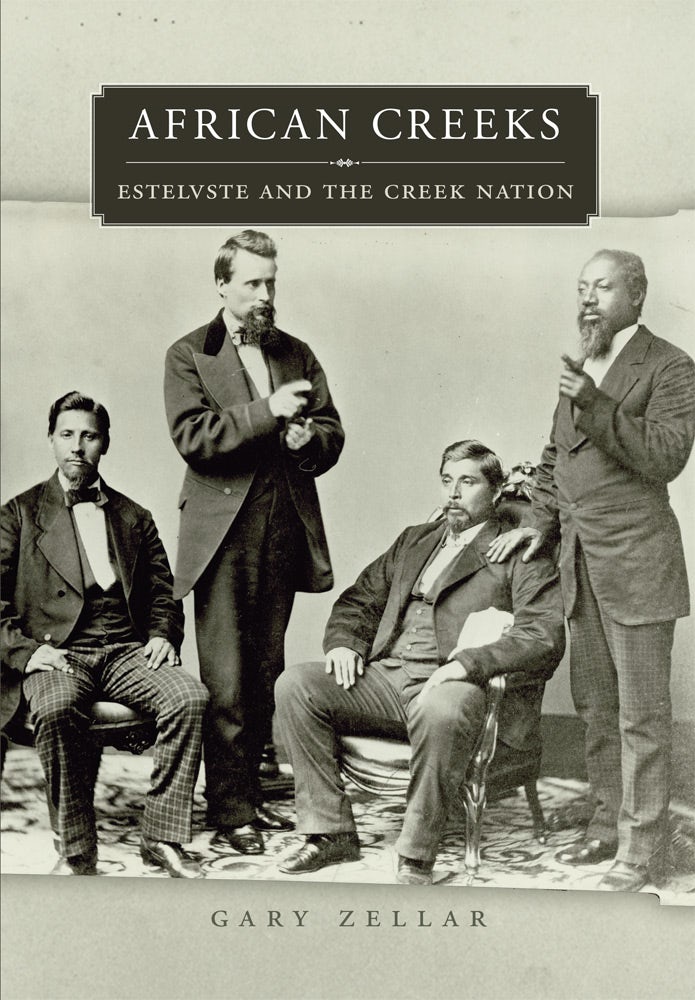The Election of Barack Obama and the Politics of Interracial and Same-Sex Marriage
History News Network
2009-02-23
Peggy Pascoe, Beekman Professor of Northwest and Pacific History
University of Oregon
Peggy Pascoe is the author of “What Comes Naturally: Miscegenation Law and the Making of Race in America”, (winner of 5 literary prizes).
The election (and now the inauguration) of Barack Obama has inspired a widespread sense of awe at the scope and scale of change in race relations in America—and more than a hint of self-congratulation.
The news media just can’t seem to resist trumpeting the example of interracial marriage. When Barack Obama’s white mother married his black father in 1961, reporters remind us, their marriage would have been illegal in more than a dozen states. See how far we’ve come, they enthuse, falling into the trap of assuming that the legality of interracial marriage is proof that racism and white supremacy have disappeared into thin air and a colorblind utopia is on the way.
As someone who has spent nearly two decades studying the history of interracial marriage in America, I want to suggest that at a moment when talk of change seems to be everywhere, we could use a bit less celebration—and a lot more reflection…
…It does not, however, follow that interracial marriage is synonymous with colorblindness or that the end of racism is at hand. Generations of lawyers had to fight to make interracial marriage a legal right. Many of them thought colorblindness was a wonderful idea, but few were naive enough to believe it actually existed. Today the assertion that America is a colorblind nation is so commonplace that even the most conservative of Supreme Court justices are eager to wrap themselves in its mantle. Yet forty years after the Supreme Court’s decision in Loving v. Virginia, marriages between blacks and whites are still the rarest form of interracial marriage, and interracial couples still face a host of challenges, from stares on the street to confusion on the faces of their children’s teachers and playmates. And in yet another example of racism’s shape-shifting power, America’s prisons, police, schools, and housing markets offer daily evidence of how easy it is for claims of colorblindness to co-exist with, and even enable, new forms of white entitlement…
Read the entire article here.




